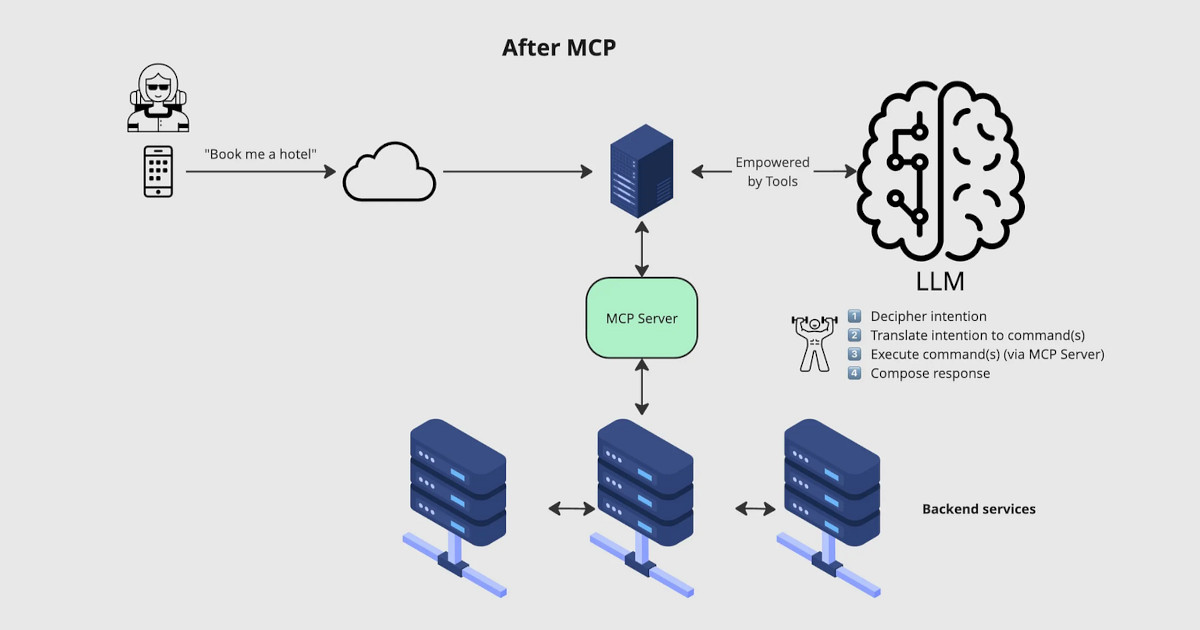SCOUT: A Lightweight Framework for Scenario Coverage Assessment in Autonomous Driving
PositiveArtificial Intelligence
The introduction of SCOUT, a lightweight framework for assessing scenario coverage in autonomous driving, marks a significant advancement in the field. Traditional methods often require costly human input or heavy computational resources, making them impractical for widespread use. SCOUT aims to streamline this process, enhancing the efficiency and effectiveness of evaluating autonomous agents. This development is crucial as it could lead to safer and more reliable autonomous driving technologies, ultimately benefiting both the industry and consumers.
— Curated by the World Pulse Now AI Editorial System


